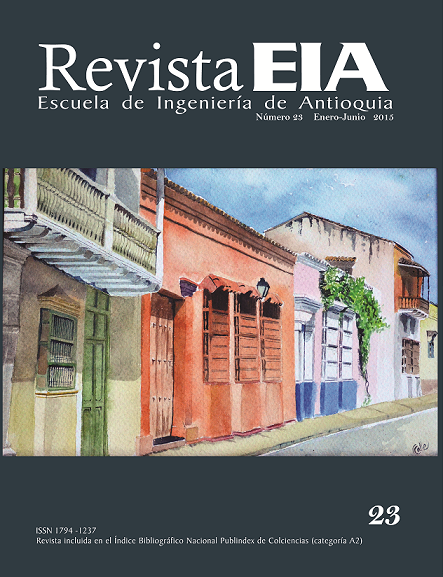BRAIN IMAGING AS SOURCE OF DATA FOR PROFILING LEARNERS IN VIRTUAL EDUCATION
BRAIN IMAGING AS SOURCE OF DATA FOR PROFILING LEARNERS IN VIRTUAL EDUCATION


This work is licensed under a Creative Commons Attribution-NonCommercial-NoDerivatives 4.0 International License.
Copyright statement
The authors exclusively assign to the Universidad EIA, with the power to assign to third parties, all the exploitation rights that derive from the works that are accepted for publication in the Revista EIA, as well as in any product derived from it and, in in particular, those of reproduction, distribution, public communication (including interactive making available) and transformation (including adaptation, modification and, where appropriate, translation), for all types of exploitation (by way of example and not limitation : in paper, electronic, online, computer or audiovisual format, as well as in any other format, even for promotional or advertising purposes and / or for the production of derivative products), for a worldwide territorial scope and for the entire duration of the rights provided for in the current published text of the Intellectual Property Law. This assignment will be made by the authors without the right to any type of remuneration or compensation.
Consequently, the author may not publish or disseminate the works that are selected for publication in the Revista EIA, neither totally nor partially, nor authorize their publication to third parties, without the prior express authorization, requested and granted in writing, from the Univeridad EIA.
Show authors biography
Abstract
This work proposes and demonstrates that mind reading is currently possible in terms of characterizing someone’s brain responses to a specific action. For this work some responses named cognitive neuroscience variables are used. In other words, this work is framed in the learning field, and solves effectively one issue: personalizing content through the identification of an individual’s learning style in virtual education.
Resumen
Este trabajo propone y demuestra que la lectura del cerebro es posible en la actualidad en cuanto a la caracteri- zación de las respuestas de éste expuesto a una acción específica. Para este trabajo algunas variables mencionadas de neurociencia cognitivas se utilizan. En otras palabras, este trabajo se enmarca en el campo del aprendizaje, y resuelve con eficacia un problema: la personalización de contenidos en la educación virtual a través de la identificación del estilo de aprendizaje de un individuo.
Resumo
Este artigo propõe e demonstra que a leitura do cérebro é possível na atualidade a respeito da caracterização das respostas deste exposto a uma ação específica. Para este trabalho algumas variáveis mencionadas de neurociência cognitiva são usadas. Em outras palavras, este trabalho faz parte do domínio da aprendizagem e, efetivamente, resolve um problema: a personalização de conteúdos em educação virtual, identificando o estilo de aprendizagem de um indivíduo.
Article visits 254 | PDF visits 157
